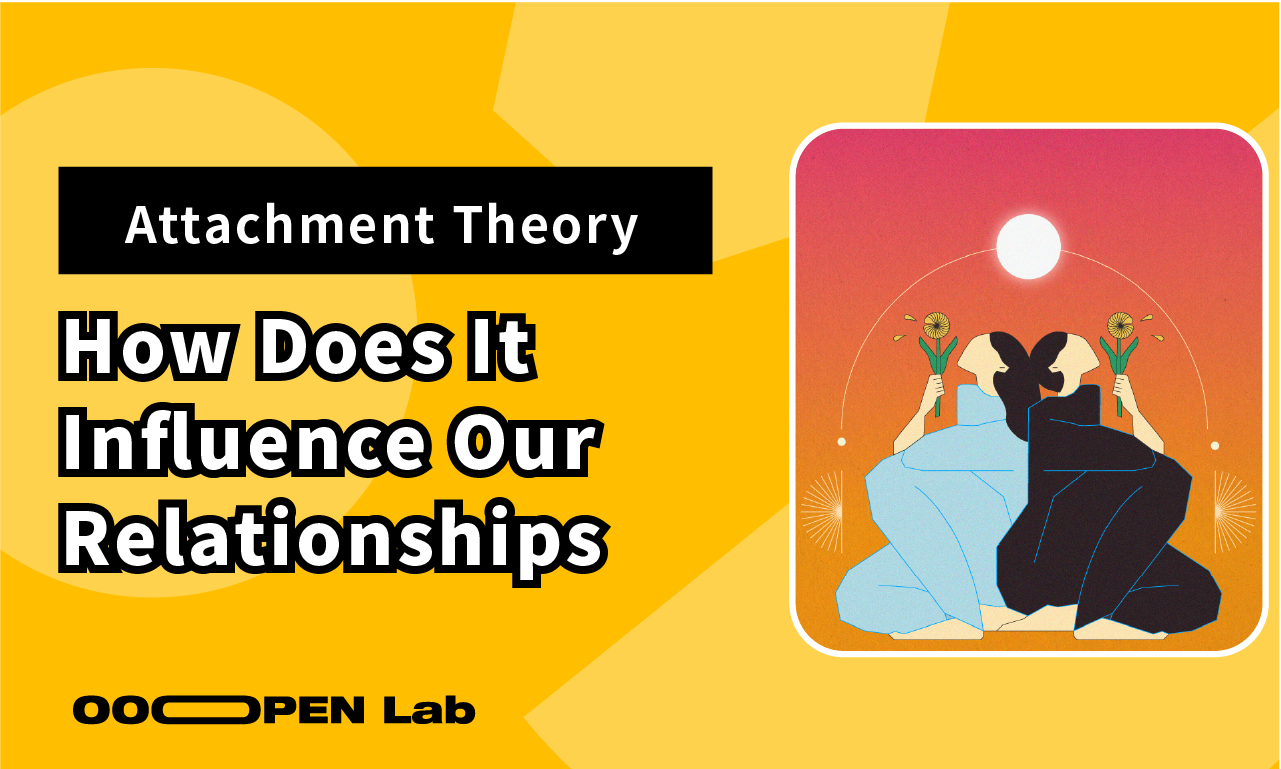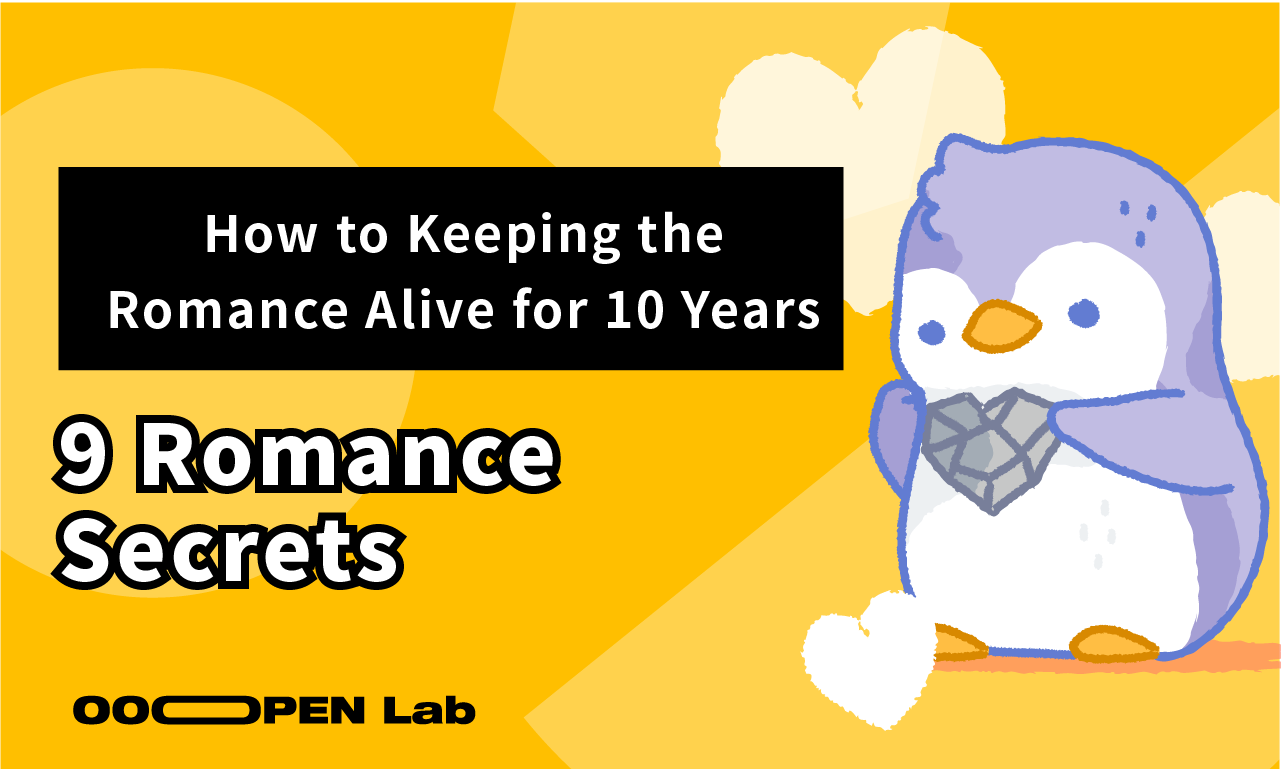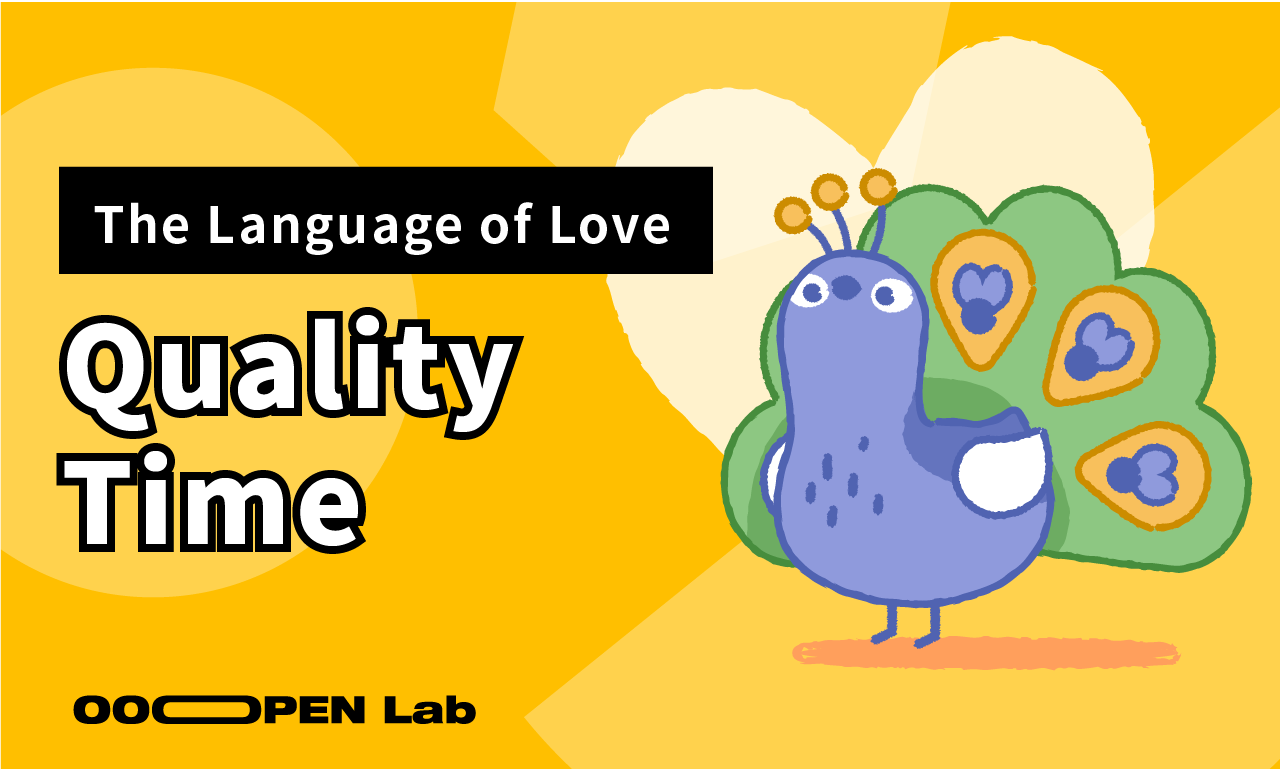- What Is Attachment Theory?
- Stages of Attachment Development
- How does attachment develop?
- Factors Influencing the Formation of Attachment Relationships
- How Attachment Relationships Influence Interpersonal Relationships
- Different Attachment Styles
- The Potential Impact of Early Attachment Relationships
- Attachment Theory and Love
- Attachment Theory and Its Application in Psychotherapy
What Is Attachment Theory?
Attachment Theory was proposed by John Bowlby, who believed that humans have an instinctive need to form close connections with others.
“Bowlby argued that the propensity to make strong emotional bonds to particular individuals is a basic component of human nature, already present in germinal form in the neonate and continuing through adult life into old age. The biological function attributed to this behavior is protection, primarily protection from predators.”
Bowlby, J. (1988). A Secure Base: Parent-Child Attachment and Healthy Human Development. Basic Books.
Attachment behaviors include smiling, crying, seeking comfort, and hugging—actions that infants use to attract attention and encourage others to approach them.
Through these behaviors, infants establish connections with others, which in turn provides them with a sense of security and protection.
The attachment experiences formed during infancy shape an individual’s interaction patterns with others. These early experiences help develop one’s understanding of how to interact with society and build relationships.
Starting with the attachment bond formed with caregivers, individuals gradually develop their perception of the external world.
In other words, attachment theory serves as the foundation of how we understand the world.
Through relationships with others, we learn about our surroundings and progressively develop key abilities such as emotional regulation, social interaction (EQ), and interpersonal skills.
Stages of Attachment Development
Attachment development is generally divided into four stages:
1. Pre-Attachment Phase / Asocial Stage (0 to 6 weeks)
At this stage, infants cannot yet distinguish between themselves and others. They do not show specific reactions to caregivers and appear equally interested in all people. There is no clear attachment figure yet.
2. Attachment-in-the-Making Phase / Indiscriminate Attachment Stage (6 weeks to 7 months)
Infants begin to recognize the difference between themselves and others. They start to distinguish their caregivers and show stronger reactions to them.
For example, they may cry immediately when the caregiver leaves and stop crying when comforted or held.
They also begin to smile more and show affection toward their caregivers.
3. Clear-Cut Attachment Phase / Specific Attachment Stage (7 to 9 months)
By around 6 or 7 months, infants become aware that other people exist besides their primary caregiver.
For instance, they recognize that apart from their mother, there are also their father and other family members.
At this stage, infants form a strong attachment to their primary caregiver, prefer staying close to them, and may reject unfamiliar people.
4. Reciprocal Relationship Phase / Multiple Attachment Stage (10 months and beyond)
By this phase, infants have formed a strong attachment to a specific person (e.g., their mother), using them as a secure base.
From this base, they start exploring their environment and interacting with other people.
They gradually establish attachments with more individuals but will return to their primary caregiver for comfort when facing difficulties.
Discover Your Attachment Style with Your Partner!
Take the Attachment Analysis Test to determine your attachment type and gain insights into your relationship.
🔍 See all possible test results here:
[Attachment Theory Test – Your and Your Partner’s Attachment Style]
How does attachment develop?
The Bond Between Caregivers and Children: The First Step Toward Attachment
Attachment relationships begin to develop as infants interact with their caregivers while facing a world full of unknowns.
Thanks to biological instincts, newborns are capable of experiencing a wide range of complex emotions.
These can include fear (such as loud noises or the discomfort of hunger) and excitement (such as being intrigued by something or enjoying the taste of food).
However, these emotions are unfamiliar and difficult for the baby to understand or manage alone.
At this stage, infants use attachment behaviors to attract the attention of caregivers to help soothe these internal feelings.
When a baby’s emotions are mirrored by the mother—essentially, when the mother acts as a mirror—the baby starts to make sense of their experiences.
By observing the caregiver’s facial expressions and tone of voice in response to their behavior, the infant learns to interpret and organize their own feelings.
For example, when a baby feels happy and the mother responds with a warm smile and a cheerful, higher-pitched voice, the baby begins to understand, “Oh, so this is what happiness feels like!”
Through this process of “instinct, reaction, and response,” infants begin to understand the world around them, accumulate experiences, and gradually develop behavioral patterns based on those interactions.
The Strange Situation Experiment and the Three Attachment Styles
Mary Ainsworth developed the “Strange Situation Experiment” to categorize attachment behaviors into three main types:
1. Secure Attachment
• When the caregiver leaves, the infant experiences anxiety and distress.
• However, once the caregiver returns, the infant feels reassured and is able to continue exploring their environment.
2. Anxious Attachment (~10% of children)
“In the Strange Situation, infants classified as anxious-avoidant (Type A) show little overt distress during separation from the caregiver. Upon reunion, they actively avoid contact or interaction, often ignoring the caregiver’s bids or turning away, seemingly managing their distress by minimizing attachment behaviors.”
Ainsworth, M. D. S., Blehar, M. C., Waters, E., & Wall, S. (1978). Patterns of attachment: A psychological study of the strange situation. Lawrence Erlbaum Associates.
• When separated from the caregiver, the child reacts strongly with intense distress (e.g., crying, screaming).
• Even when the caregiver returns, the child struggles to feel comforted, often remaining anxious and upset.
3. Avoidant Attachment (~20% of children)
• The child shows little to no distress when the caregiver leaves.
• When the caregiver returns, they do not seek comfort or show a strong desire to reconnect.
This experiment highlights how early attachment patterns influence how individuals cope with separation, seek comfort, and build relationships later in life.
Factors Influencing the Formation of Attachment Relationships
Parenting Style of the Caregiver
After birth, a child’s first and most significant relationship is usually with their primary caregiver. Thus, the way caregivers interact with their child is one of the most direct factors influencing attachment formation.
• When caregivers consistently respond appropriately to their child’s needs, the child learns that they can form stable and secure relationships with others.
• If a caregiver is sensitive to the child’s emotions—noticing their feelings and helping them regulate their emotions—the child will develop better emotional resilience when facing stress in the future.
• These consistent and positive interactions lay the foundation for secure attachment.
However, when caregiving is inconsistent, different attachment patterns may develop:
• If a caregiver is sometimes caring but sometimes distant, the child may become anxiously attached, feeling uncertain about when they will receive attention.
• If a caregiver frequently ignores the child’s needs, the child may develop an avoidant attachment style, learning to suppress emotions and avoid seeking support.
Temperament
Temperament refers to a child’s inborn personality traits—essentially their “factory settings.” Different temperaments lead to different ways of reacting to environmental stimuli.
Research categorizes temperament into nine dimensions, which can be grouped into three major types of children:
Easy Babies:
• Generally calm, stable, and adaptable to new situations.
• Their predictability makes it easier for parents to care for them.
Slow-to-Warm-Up Babies:
• Tend to be shy, introverted, and cautious in unfamiliar situations.
• They are reluctant to try new things and take longer to adjust.
Difficult Babies:
• Have unstable moods, intense emotional reactions, and are harder to soothe.
• They require more patience and effort from caregivers, which can lead to more parenting conflicts.
A child’s temperament influences how easily a parent can meet their needs. If a child has highly variable needs, parents may struggle to respond appropriately, increasing the likelihood of an insecure attachment.
Environment
A child’s attachment development is also affected by the overall environment and the stressors in their caregiver’s life.
• Financial difficulties
• Parental substance abuse (drugs, alcohol, etc.)
• Parental relationship conflicts (frequent arguments, divorce, etc.)
When caregivers face significant life challenges, their ability to provide consistent and responsive care can be compromised. This, in turn, affects the quality of attachment between the child and caregiver.
id=”005″How Attachment Relationships Influence Interpersonal Relationships
“Based on interactions with primary caregivers, individuals develop ‘internal working models’ – cognitive and affective schemas representing the self, attachment figures, and the world. These models shape expectations about relationship availability and responsiveness, influencing how individuals perceive, interpret, and react in subsequent relationships throughout their lives.”
Bretherton, I., & Munholland, K. A. (1999). Internal working models in attachment relationships: A construct revisited. In J. Cassidy & P. R. Shaver (Eds.), Handbook of attachment: Theory, research, and clinical applications (pp. 89–111). Guilford Press.
Sense of Trust
Through interactions with their caregivers, children develop a sense of security and trust when they feel that their emotions are understood and accepted.
When a caregiver consistently responds to a child’s emotions with care and patience, the child gradually learns:
• “I can trust this person to stay with me through uncomfortable feelings.”
• “I am worthy of love and care.”
• “There are people in the world I can rely on.”
These early beliefs become the foundation for trust in future relationships.
Emotional Regulation
Caregivers help children understand and manage their emotions by providing emotional support and guidance.
For example:
• A loud noise startles a child, and the mother reassures them:
“That was a loud noise, it scared you! It’s okay, I’m here.” (while gently patting the child)
• A child wets their diaper, and the caregiver acknowledges their discomfort:
• “Your diaper is wet and uncomfortable, isn’t it? Let’s change it into a fresh one.”
In both situations, the process follows a pattern:
- The child experiences distress.
- The caregiver acknowledges the emotion and provides comfort.
- The child learns that emotions can be managed and soothed.
Over time, this teaches children that emotions are controllable rather than overwhelming, helping them develop healthy emotional regulation skills.
Empathy
Once a child develops trust in others and emotional regulation skills, they can take the next step—understanding the emotions of others.
Through interactions with caregivers, children experience what it feels like to be understood and supported. This encourages them to seek out similar connections with others.
As they engage in social interactions, they start to recognize and interpret other people’s emotions, asking:
• “How does this person feel?”
• “What are they thinking?”
• “How would I feel in their situation?”
Empathy develops as children become aware of others’ emotions and learn to respond appropriately, forming the basis of deeper, more meaningful relationships.
Different Attachment Styles
According to attachment theory and subsequent research, human attachment styles can generally be categorized into four types:
- Secure Attachment
- Anxious Attachment
- Avoidant Attachment
- Disorganized Attachment
We can observe our tendencies in daily life to determine which attachment style we lean toward. Additionally, taking an attachment theory assessment can help us better understand our attachment patterns.
Secure Attachment
Individuals with a secure attachment style can maintain stable relationships, trust others, and enjoy the positive experiences that intimacy brings.
They often come across as empathetic, emotionally stable, reassuring, and trustworthy. They actively seek relationships while also believing they are worthy of trust and love.
This stability in relationships is typically rooted in their early caregiving experiences. Their caregivers were able to understand their needs and respond appropriately.
When children feel understood, they experience a sense of fulfillment, which gradually fosters a deep sense of security. This, in turn, helps them develop trust in others.
When they experience different emotions—happiness, sadness, anger, etc.—having someone accompany them through those feelings allows them to gradually understand their own emotions.
Once they understand themselves and experience the joy of interacting with others, they develop the ability to recognize and empathize with others’ emotions.
This emotional intelligence enables them to confidently embrace new challenges and interact in ways that make others feel comfortable and understood.
Anxious Attachment
People with an anxious attachment style often struggle to trust others and tend to feel insecure in relationships.
Being in a relationship with them may sometimes feel overwhelming—no amount of reassurance seems sufficient to make them feel at ease.
Their insecurity stems from deep-seated anxiety and a lack of self-confidence.
They often view love as unstable, constantly fearing abandonment and doubting their own worthiness of love.
This attachment style is commonly linked to caregivers who were inconsistent—sometimes warm and attentive, other times distant or neglectful.
Because of these unpredictable experiences, they perceive relationships as unpredictable. They feel that if they don’t cling tightly to their loved ones, those people might disappear at any moment.
As a result, they struggle to trust others, fear expressing their emotions, yet internally yearn for reassurance.
In relationships, they constantly seek validation from their partners, which ultimately stems from their own insecurity.
Avoidant Attachment
Individuals with an avoidant attachment style tend to avoid forming close relationships and fear the responsibilities that come with intimacy.
While they may seem easygoing, they often keep others at a distance, making it difficult to understand what they are truly thinking.
Just when you think you’ve gotten closer to them, they may suddenly withdraw, leaving you feeling as if they’ve lost interest in you.
Avoidant individuals aren’t incapable of relationships, but to them, intimacy and the responsibilities that come with it feel overwhelming.
This often stems from growing up in environments where they were either ignored or excessively controlled.
As children, to protect themselves from the pain of emotional neglect, they may have learned to suppress their emotions by adopting coping strategies such as:
• Avoiding relationships
• Not expressing emotions
• Numbing themselves to feelings
These strategies help them endure difficult circumstances, but they also make it harder for them to form deep connections later in life.
Moreover, the responsibilities that come with relationships can feel burdensome to them.
They feel safest when they maintain the option to escape at any moment.
While they can form close relationships if they choose to, doing so often requires significantly more effort and emotional labor than it does for securely attached individuals.
Disorganized Attachment
People with a disorganized attachment style exhibit inconsistent behaviors in relationships and often struggle to form stable connections.
Many of them grew up in abusive or severely neglectful households, where their sense of “home” was chaotic and unstable.
For them, home was not a safe haven, and the very people who were supposed to provide comfort often became sources of distress.
Because their early experiences with relationships were so damaging, they never developed a strong sense of security.
This lack of stability often leaves them feeling emotionally disoriented, sometimes even questioning their own identity or sense of purpose.
Others may perceive them as emotionally unpredictable or detached, but in reality, their minds are often in a state of internal chaos.
Although they may desire close relationships, opening up to others can feel overwhelmingly difficult for them.
The Potential Impact of Early Attachment Relationships
Although an individual’s attachment style in adulthood does not necessarily mirror their childhood attachment style, early attachment experiences have a profound influence on future behavioral patterns, emotional regulation strategies, and personality development.
A long-term study has shown that individuals who exhibited secure attachment in early childhood tend to be better at regulating their emotions and impulses in adulthood.
When faced with stress, they are more adaptable and remain composed.
In social interactions, they are perceived as approachable, empathetic, and more trusting of others.
Conversely, individuals who had insecure attachment in childhood may grow up to be more impulsive or appear resistant to rules and norms.
Under stress, they are more likely to experience confusion and anxiety. In social interactions, they may come across as distant, difficult to approach, or more guarded against others.
Another study has highlighted a strong correlation between insecure attachment and Oppositional Defiant Disorder (ODD) as well as Conduct Disorder (CD).
These disorders are commonly diagnosed in adolescents, a period marked by significant physical and emotional changes.
During this transitional phase, individuals must exert great effort to adjust and adapt to new challenges.
If they lack past experiences where their emotions were acknowledged and supported (i.e., positive attachment experiences), they may struggle to regulate their emotions in a healthy way.
As a result, some adolescents may outwardly express their inner distress through anger, defiance, rebellion, and rule-breaking behaviors, which manifest as symptoms of these disorders.
Attachment Theory and Love
The emotions people experience—such as feelings, physiological reactions, and interactions with their environment (including others)—give meaning to our experiences and shape how we perceive love.
Attachment theory suggests that the earliest interactions between individuals and their caregivers form the foundation of love in its most primitive form. The way we experience being loved in our early years often determines how we perceive love in the future and influences how we express it.
For example, if Person A has a secure attachment style, they might feel some anxiety when their partner leaves. However, because they have accumulated many positive experiences with their partner, they can trust that they are lovable and that their partner will continue to love them. As a result, they can manage and process their anxiety independently during the separation. When their partner returns, they can openly express their feelings of distress during the separation while also enjoying the comfort, security, and love that reunion brings.
On the other hand, if a person has repeatedly experienced rejection or misunderstanding when expressing their needs in the past, negative experiences may accumulate, leading to self-doubt and a belief that expressing their needs is unsafe.
Some individuals in such situations may constantly seek reassurance from their partner, needing frequent affirmations of love. Others may adopt the opposite approach—avoiding expressing their feelings altogether.
These uncomfortable emotions are neither right nor wrong, but they are often misunderstood. One partner might question, “Why are you so clingy?”, while the other might wonder, “Why do you never share your feelings?”
In romantic relationships, such misunderstandings can lead to conflicts and miscommunication between partners.
Attachment Theory and Its Application in Psychotherapy
From attachment theory, we understand that different attachment styles exhibit distinct behavioral patterns in relationships.
During psychotherapy, with the support and guidance of a therapist, individuals can gain insight into their relational patterns in intimate relationships.
Often, we unconsciously replicate past relationship experiences when interacting with close others. By recognizing our habitual patterns, we can become more aware of our behaviors and emotions, allowing us to change our thoughts accordingly.
New perspectives can lead to behavioral changes, ultimately reshaping the way we interact with others.
For example, individuals with anxious attachment may struggle with separation from their partners. In therapy, they can explore what exactly makes them feel uncomfortable.
• Is their insecurity triggered by their partner’s behavior?
• Or does it stem from their own self-doubt, making it difficult to trust close others?
Addressing insecurities is a key aspect that can be explored in therapy.
On the other hand, individuals with avoidant attachment often find it difficult to express their emotions. When confronted with feelings, their instinct might be to withdraw or escape.
• What causes them to feel fear when they want to distance themselves?
• Why is it so challenging to communicate emotions with close others?
Through therapy, avoidant individuals may benefit from practicing recognizing and expressing emotions, as well as learning to communicate their need for personal space—ultimately improving their interactions with their partners.
Mindy
Master’s Degree in Clinical Psychology, Licensed Clinical Psychologist (License No. 2802).
Mindy has completed clinical training in psychiatric and child mental health departments in hospitals. She specializes in psychodynamic therapy, psychodrama, and cognitive behavioral therapy (CBT). Passionate about promoting psychological knowledge, she serves as a psychology content consultant and mental health seminar speaker.




